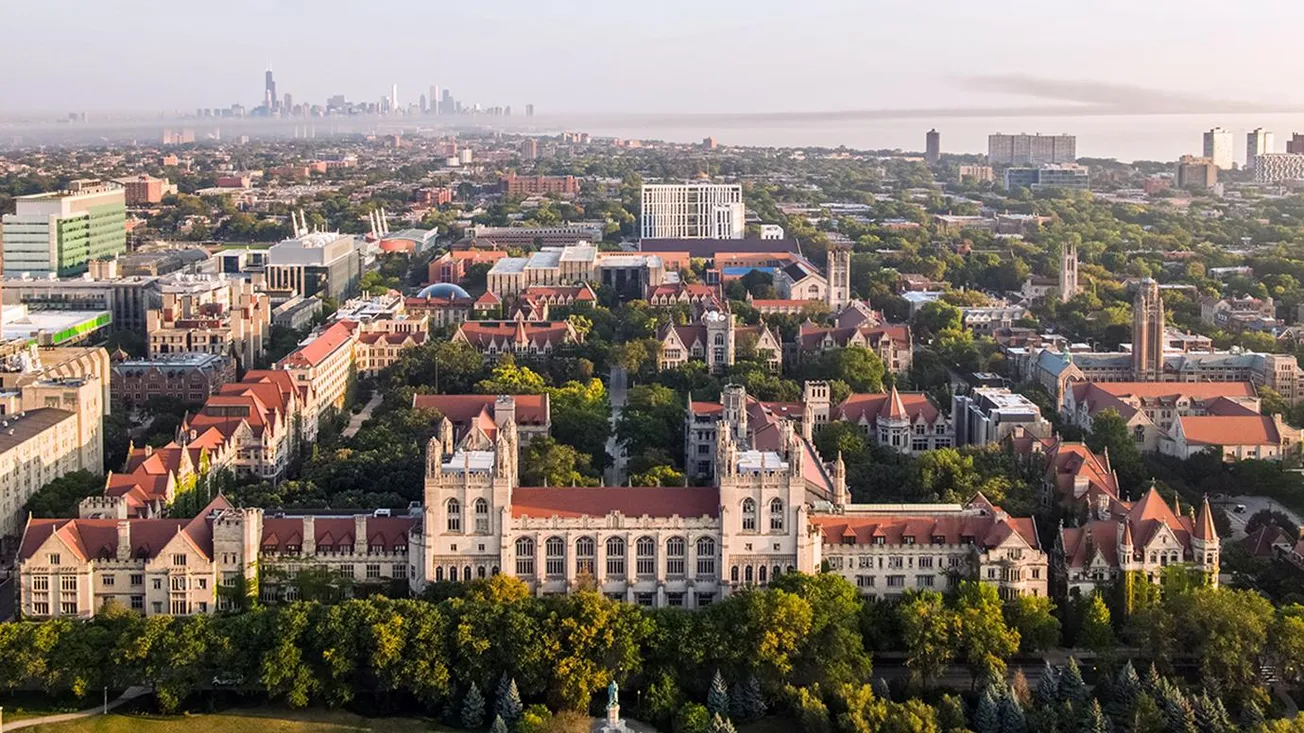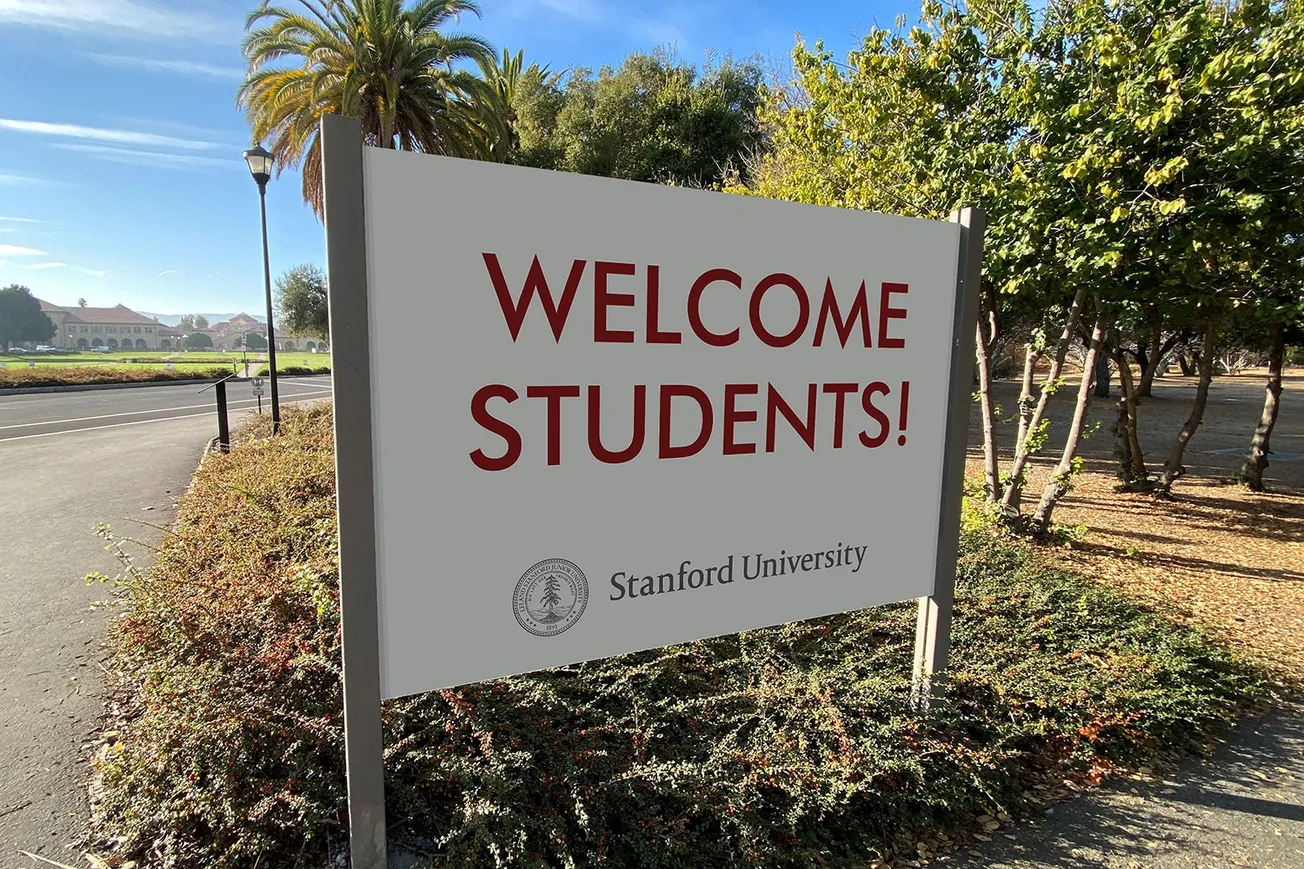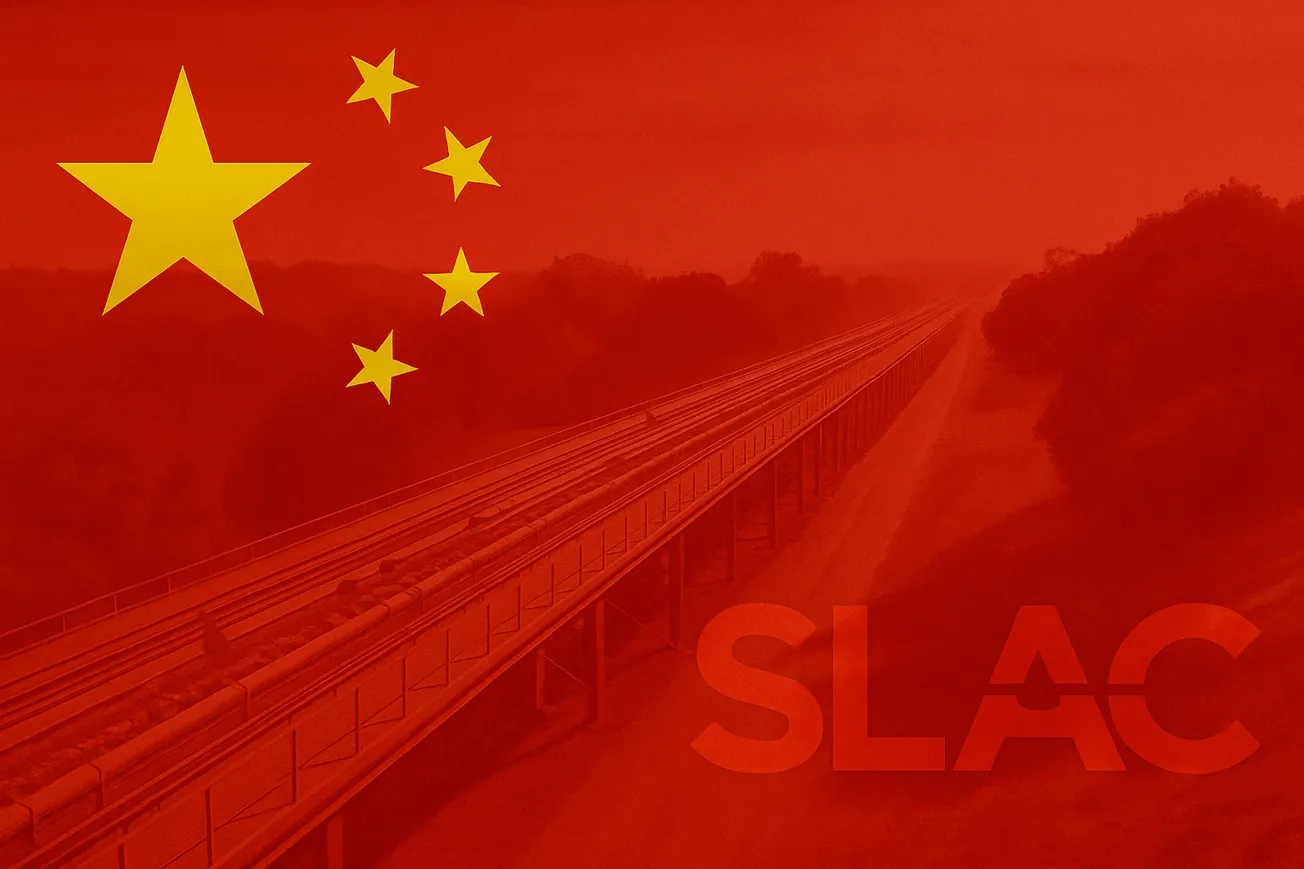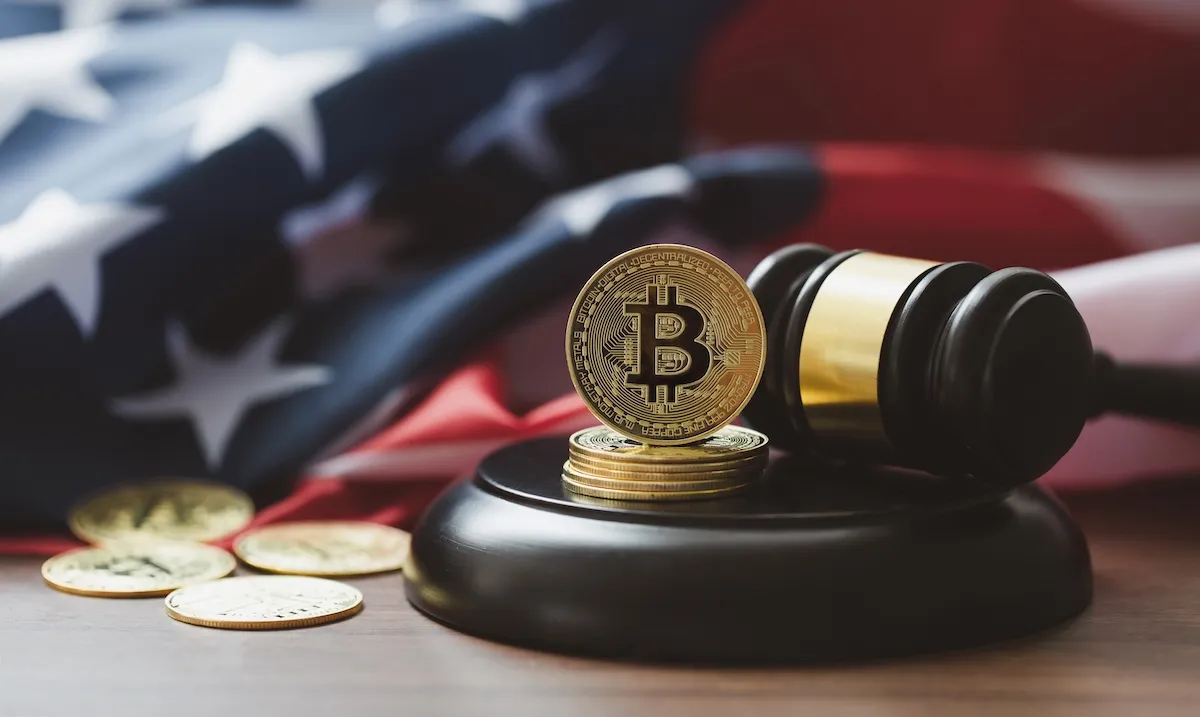Table of Contents
Every time something jarring occurs, it seems as though the Stanford community tests its fundamental limits all over again. It happened again in the final week of August, when Chaze Vinci, a Stanford undergraduate, published wanton threats toward several specific individuals and communities. By any standard, his posts were deeply disturbing. I, too, found them horrific and unsettling. It also appears that his threats are unprotected by Stanford’s Fundamental Stanford — which is why I was also disturbed by the calls made by some for a crackdown on speech.
Just three hours after President Marc Tessier-Lavigne first wrote to the Stanford community about Vinci’s posts, ASSU President Christian Giadolor, Vice President Bikal Sharma, and Chief of Staff Wunmi Akinlemibola wrote that “the fundamental standard should be re-written,” informing us that “Stanford has convened a University Committee known as the C-10 committee[,] which has jurisdiction over revising the fundamental standard.” That response struck me as rash, inappropriate, and nonsensical. It was rash in that there was no indication Stanford wasn’t taking the safety of its community seriously — I would submit that banning Vinci from campus 24 hours after his posts was a lightning-fast reaction. It was inappropriate in that there was no indication (after three hours) that the Fundamental Standard was not going to hold Vinci accountable. And it was nonsensical: why propose to amend the very standard against which they, by their own admission, were judging Vinci?
After corresponding with C-10 committee chair Marcia Stefanick, I found out that the ASSU’s message was misleading: she said the C-10 was not considering rewriting the Fundamental Standard — it was considering rewriting only the judicial process applicable to adjudicating Fundamental Standard violations. Vinci’s posts, however, did not reflect a procedural error in the 1997 Student Judicial Charter’s framework — his proceedings almost certainly hadn’t begun at the time of the ASSU’s writing.
The ASSU executives were not the only ones to propose drastic reform. This article, published one day after Vinci’s posts, features a litany of students preemptively accusing Stanford of failing to hold Vinci accountable, or expressing disappointment in advance that “structural change” will fail to materialize.
A chilling insinuation seems to run beneath all these messages: Stanford needs to change its policies or structure in a way that would prevent certain forms of objectionable expression from arising at all. That aspiration terrifies me to the core. I believe its proponents are advocating for precisely the wrong cause. The antidote, instead, lies in Stanford’s adopting a powerful free speech stance akin to the Chicago Statement. Adopted by the University of Chicago a few years ago, the Statement sets forth the clear necessity of protecting speech and the dangers of regulating it, outlines which narrow restrictions on speech are appropriate (for example, unlawful harassment, defamation, or specific threats to physical safety), and commits the University of Chicago to never weaponize administrative power to impose certain viewpoints upon its community. Stanford needs to formally adopt these same principles now.
I do not deny that people say mean, nasty, hateful, terrible things. I do not deny that such speech can deeply offend its targets. Given that such speech exists, though, what do we do about it? We can either protect it or regulate it — and regulating speech is dangerous, far more than protecting it. To regulate speech, there needs to be an entity with enforcement capabilities — and once you cede control of speech to an entity with enforcement capabilities, corruption and tyranny necessarily follow. A cursory reading of twentieth-century history makes this pattern unmistakably clear. To be sure, some downsides accompany protecting speech. For example, one could argue disinformation about the pandemic led to unnecessary deaths. Even assuming the validity of that claim, however, speech-regulating governments and entities have killed far more people than covid.
There is no safe middle ground between regulation and protection, either. It’s one thing for the legal machinery to make judgments about free speech using a well-defined value structure, like the United States Constitution or Stanford’s Fundamental Standard: against a stable benchmark, restrictions are made only in light of other competing individual rights. It’s quite another thing to legislate new speech regulations. Would we really feel safer if we abdicated the right to say certain things? The moment we do, we lose our right to think about those things — because we think in words and then complex grammatical structures, which are learned only through discourse with others. If we can’t speak with others about certain things, we can never learn how to think about them properly. Some may say, “Exactly! Then nobody could say anything offensive.” But why would you assume that your favored regulatory entity will always see the world your way? What if you wanted to say something meaningful, but couldn’t, because that entity was no longer willing to tolerate the risk that your speech might be objectionable — or because that entity had grown corrupt? Restricting speech is like cutting the head off a hydra — you will end up unleashing a monster far more dangerous than before.
Remember, eugenicism was in vogue at Stanford not long ago. What if the administration and student government then had modified the Fundamental Standard or its judicial process such that opposing viewpoints were impermissible and liable to formal discipline, codifying perpetual support for the eugenics movement? Codifying support for one social cause — regardless of its ostensible virtues — simultaneously sets the philosophical precedent for codifying support for anything, regardless of a future social cause’s vices.
Many people don’t seem to realize that inviting limits to freedom of expression is inviting dystopia. I would be terrified attending a Stanford that would, in response to a single jarring affair, radically uproot the structure and values that for over a century have fostered freedom of expression and platformed its unparalleled research output. I would be terrified attending a Stanford in which a student could be expelled without due process — let alone within 24 hours — for saying something, even if it was outrageous or offensive. Proposals like the one the ASSU executives submitted risk making Stanford just like those nightmares. They render me terrified that one day, following some incident, just enough people will protest just loud enough for Stanford to formally regulate or discourage expression — because if that day ever comes, we will never get that freedom back. A dystopian or corrupted Stanford would be a tragedy words could not console.
I want to attend a Stanford that — barring important, narrowly defined outliers like specific threats to physical safety — actively protects all forms of expression. I want to attend a Stanford that solves the world’s, and its own, vexing problems via “more speech, not less,” where even remarks “condemned for their stupidity” are “celebrated” because they were allowed to be said at all. The mission and functionality of Stanford rely on the guaranteed protection of freedom of expression. In adopting an explicit free speech policy like the Chicago Statement, Stanford would join at least 83 universities across the country in promising it will never hold the reins of expression in its hands — even when the mob, against its own interests, demands Stanford seize and exercise precisely that control. In so doing, Stanford would credibly commit to its students, faculty, and staff that its community is, and will forever remain, one of genuine tolerance, freedom, and integrity.









